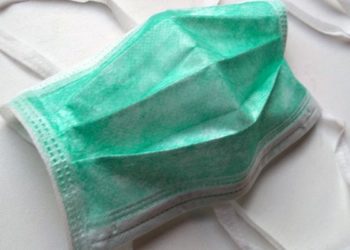Quick Take: Comparison of Laparoscopic 270 Degree Posterior Partial Fundoplication vs Total Fundoplication for the Treatment of Gastroesophageal Reflex Disease: a Randomized Clinical Trial
Gastroesophageal reflux disease (GERD) is a common disorder associated with reflux of gastric contents through the gastroesophageal junction. There are a wide variety of treatment options, including laparoscopic surgical intervention. Laparoscopic anti-reflux surgery has been reported to be superior to proton pump inhibitors (PPIs) in terms of subjective and objective efficacy. However, potential mechanical side effects after surgical intervention, including dysphagia and bloating can be significant and limit the utility of surgery as a therapeutic option. The most commonly performed laparoscopic anti-reflux surgery procedure is total fundoplication (TF); however, alternate surgical strategies are often commonly employed, including partial wrap fundoplication (PF). Which surgical strategy is superior, is an issue of debate; while it has been argued that PF is associated with fewer mechanical adverse effects, TF may be superior to PF in terms of gastroesophageal reflux control, durability of wrap function, number of re-herniations, and the recurrence rate of GERD. In this randomized clinical trial, 456 patients were randomized to receive either a posterior partial fundoplication (PF) surgical technique, previously reported to have less mechanical side effects, or a Nissen total fundoplication (TF) surgical technique to determine whether PF or TF is superior in laparoscopic anti-reflux surgery. The primary end point was therapeutic efficacy, as measured by esophageal acid exposure 3 years after surgery. Researchers found that both techniques significantly reduced esophageal acid exposure, as PF reduced levels from 14.6% pre-operatively to 1.8% at 3 years post-operatively, and TF reduced levels from 16.0% to 2.5%. No significant difference between the two groups was noted (p=0.31). However, significantly lower rates of liquid dysphagia at 6 weeks (p=0.01), solid dysphagia at 12 months (p<0.001), and solid dysphagia at 24 months (p=0.001) were found in the PF group, as compared to TF. Investigators therefore concluded that both PF and TF are effective and not significantly different with respect to their efficacy in the treatment of GERD, however, PF is associated with less dysphagia in the post-operative period. This has important implications in the minimization of mechanical side effects following laparoscopic anti-reflux surgery.
Click to read the study in JAMA Surgery
Image: PD
©2019 2 Minute Medicine, Inc. All rights reserved. No works may be reproduced without expressed written consent from 2 Minute Medicine, Inc. Inquire about licensing here. No article should be construed as medical advice and is not intended as such by the authors or by 2 Minute Medicine, Inc.







